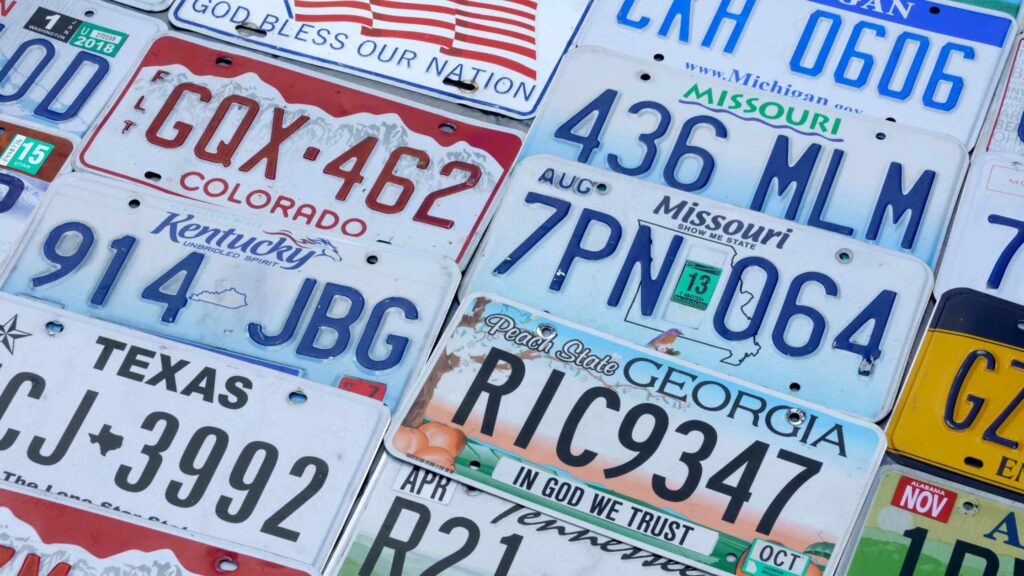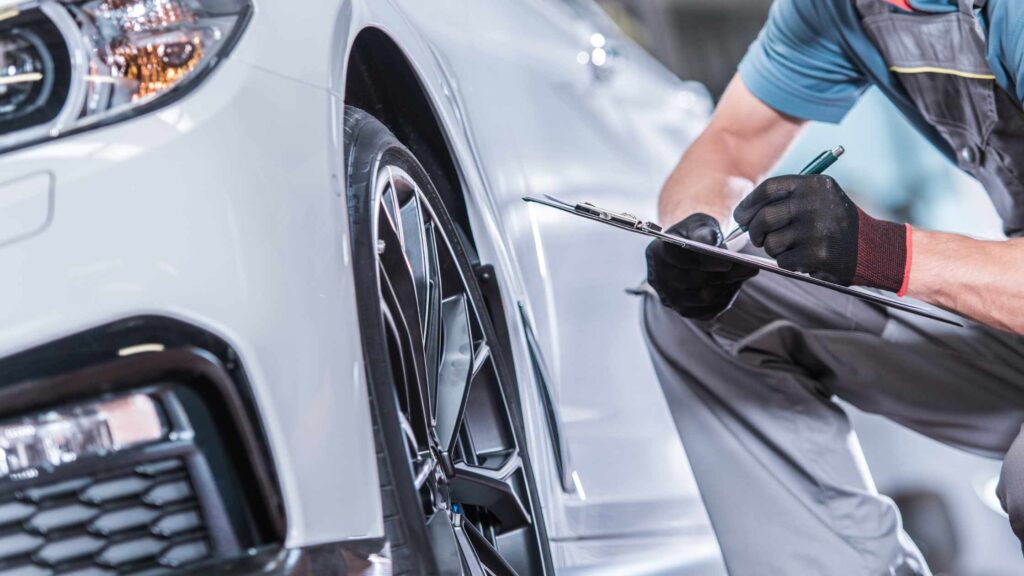Introduction
Navigating the world of vehicle registration and renewals can be a complex and daunting task. From understanding the required documents to knowing the appropriate process, it’s important to have a step-by-step guide to ensure a seamless experience. This article will provide you with everything you need to know about vehicle registration and renewals.
Step 1: Gather the Required Documents
The first step in the vehicle registration process is to gather all the necessary documents. This typically includes:
- Proof of ownership: This can be the original vehicle title or a bill of sale if purchasing a new vehicle.
- Valid identification: A driver’s license or passport will usually suffice.
- Proof of insurance: Make sure to have the necessary insurance coverage for your vehicle.
- Vehicle emissions inspection: In some jurisdictions, an emissions inspection certificate is required.
- Any additional documents requested by your local DMV (Department of Motor Vehicles).
Step 2: Complete the Application Form
Once you have all the required documents, the next step is to complete the application form. This form can usually be obtained either online or from your local DMV office. Make sure to fill out all the necessary information accurately and legibly. Any mistakes or omissions can result in delays or rejection of your application.
Step 3: Submit the Application and Pay the Fees
After completing the application form, submit it along with the required documents to your local DMV office. There will typically be a registration fee that you need to pay, which varies depending on your location and the type of vehicle. Payment options may include cash, check, or credit card. Make sure to inquire about any additional fees or taxes that may apply.
Step 4: Vehicle Inspection
In some cases, a vehicle inspection may be required before registration can be finalized. This is to ensure the vehicle meets the necessary safety and emission standards. If an inspection is necessary, schedule an appointment at a certified inspection center and bring your vehicle along with the required documents.
Step 5: Receive the Registration and Plates
Once your application has been processed and approved, you will receive your registration certificate and license plates. These will need to be displayed on your vehicle as required by law. Make sure to follow the guidelines provided by your local DMV regarding the placement of the plates.
Step 6: Renewing Your Vehicle Registration
Vehicle registration is not a one-time process. It is essential to renew your registration periodically, typically annually or biennially. The renewal process may vary depending on your location, but it generally involves:
- Paying the renewal fee: This fee may be different from the initial registration fee.
- Submitting proof of insurance: Ensure your insurance coverage is up to date.
- Updating any changes: If there have been any changes to your vehicle information or personal details, make sure to inform the DMV.
- Passing any required inspections: In some cases, a vehicle inspection may be needed for renewal.
Step 7: Renewing Online
Many jurisdictions now offer online renewal options, making the process more convenient and time-saving. Check if your local DMV provides an online platform for registration renewals. This option allows you to complete the renewal process from the comfort of your own home, with the added benefit of receiving your new registration documents by mail.
Summary
Navigating vehicle registration and renewals can be a complex process, but with this step-by-step guide, you can ensure a smooth experience. Remember to gather all the necessary documents, complete the application form accurately, and pay any required fees. Don’t forget to renew your registration on time to avoid any penalties. By following these steps, you’ll be well-prepared to handle the vehicle registration and renewal process efficiently.







